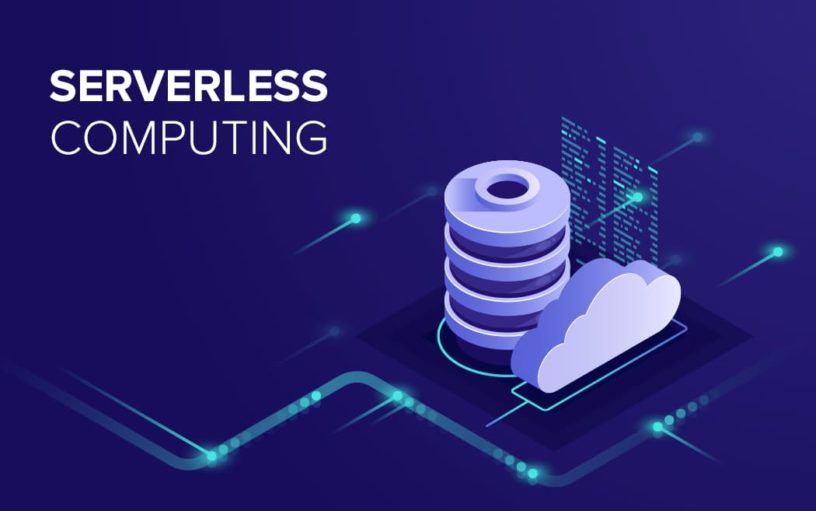When you’re building a startup, it’s important to be cost-effective while creating a great product because you need to be sure you won’t run out of money.
A common approach to developing a Minimum Viable Product (MVP) is to use existing software products to help cover some portion of your application’s needs. But more recently, startups have been turning towards serverless architecture, where instead of buying and configuring servers yourself, you rely on third-party hosting solutions such as Heroku or Amazon Web Services.
In this article, we’ll take a closer look at how serverless architecture helps startups get off the ground quickly while keeping their costs low.
Serverless computing revolutionized the cloud computing space, providing a highly scalable environment that could be used to spin up servers for any application within minutes. The same trend is now being noticed in web and mobile app development as more startups are utilizing this architecture to help them develop their MVP quickly and at low cost. Rather than having to maintain servers or manage hosting solutions, you can simply use one of the available hosting solutions.
Opinions vary on whether these hosted environments will eventually replace backend software, such as Parse Server or Firebase, which rely heavily on third-party hosting, but ultimately they provide an excellent platform that allows developers with no backend experience to set up simple APIs in very little time. This makes it possible for those focusing on product development, such as founders and entrepreneurs, to build their MVP rapidly.
Not only are these backend hosting providers highly scalable and manageable, but the costs are also very low compared to traditional hosting solutions or maintaining your own servers. This makes it an attractive option for startups who do not have a lot of funding, as they may be able to manage their overhead costs while still building their product by using these services.
The three most common options for serverless development are AWS Lambda, Azure and Google Cloud functions.
Startups who are looking for ways to cut down on overheads should consider using these architectures to help them get started without having to worry about where their web servers are physically located. By using modern tools which utilize the power of cloud computing, developers can focus more on building their product and less on managing servers or provisioning environments.
The future looks very bright for serverless architecture as it continues to grow in popularity among both large companies, such as IBM, Google and Microsoft, and startups alike. With the rise of powerful tools that utilize this architecture, we expect to see more and more startups using these architectures to build their products quickly.
In conclusion
Serverless development has begun its revolution.
Startups and other companies that don’t have a lot of funding usually can’t afford to hire dedicated staff to manage their servers and hosting solutions.
Startups looking to build their MVP rapidly can take advantage of serverless architecture to develop APIs for their product without having to worry about provisioning or managing servers.
Founders and entrepreneurs can focus more on building their products by using these easy-to-use tools.
As the trend continues, we’ll see even more powerful APIs being developed which give developers with no backend experience a simple way to build APIs for their applications quickly. This means that startups without significant technical resources will gain access to extremely powerful backend features that help reduce iteration cycle times.
If you want to explore serverless development for your next app, get in touch with Appomate to discuss the best solution for you.
